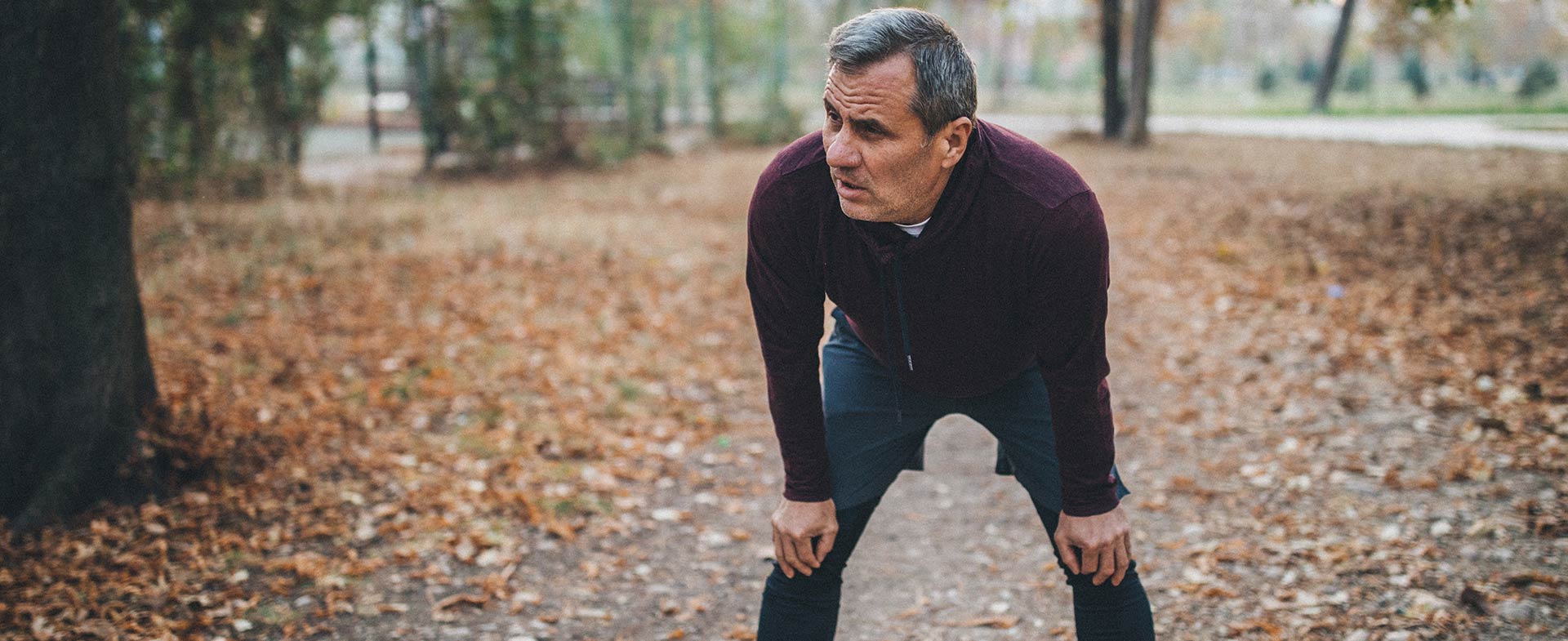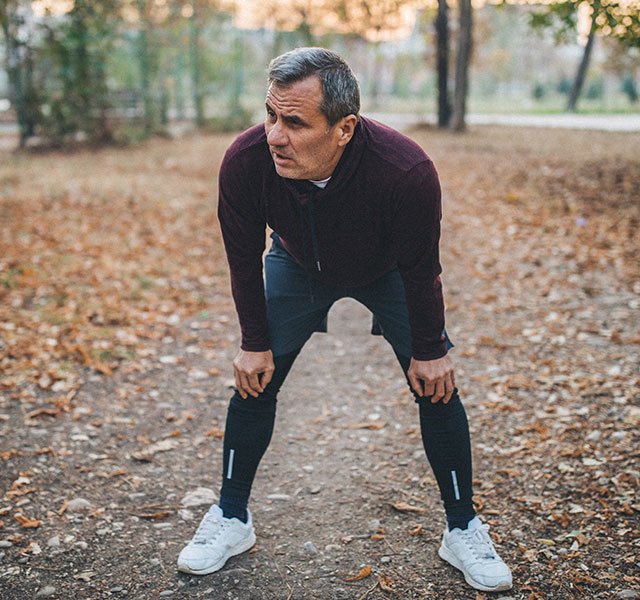If you're a runner, chances are good you've suffered an injury at some point. Statistics vary but according to the 2017 National Runner Survey, 75% of runners have had some sort of running-related injury in any given year, and nearly half of those injuries reoccur.
"It's not uncommon for runners to run through pain," says David Tomsich, MS, PT, SCS, DPT, a physical therapist at Henry Ford Health. "They're not always good about differentiating between pain that's problematic and typical muscle pain. Some runners don't even realize they're limping!"
Common Running-Related Injuries
The reality is, the more miles you run, the more stress you’re putting on your joints, muscles and cartilage. So while pounding the pavement after a long day might feel great, you could be doing damage to your body.
Among the top running-related ailments:
- Patella femoral pain: Patella femoral pain is “runner’s knee,” or tenderness and sensitivity at the front of the knee.
- Plantar fasciitis: Often described as severe heel pain, plantar fasciitis is inflammation of the tissue, or plantar fascia, that runs along the bottom of your foot.
- Achilles tendinopathy: Achilles tendinopathy causes swelling and stiffness of the tendon that joins your heel bone to your calf muscles.
- Stress fractures: Caused by overuse and repetitive activity, stress fractures are small cracks in a bone or severe bruising inside a bone.
- Shin splints:This term refers to an aching sensation along the shin bone, which runs down the front of your lower leg.
Why Runners Get Injuries
When runners get injured, shoes tend to get the blame. But despite dramatic changes in footwear technology, the incidence of running-related injuries remains largely the same.
The reason: The primary causes of injury have little to do with what's on your feet. The real culprits tend to be a combination of a runner's form, training schedule and a prior unresolved injury that affects movement patterns. A few possibilities:
- Inadequate warm-up: A big factor in running-related injuries is the lack of a dynamic warm-up. "You have to prepare your body to run," says Tomsich. The more personalized the warm-up, the better.
- Insufficient recovery: "Most runners run to train. They don't train to run," Tomsich says. "And they don’t build in proper recovery." If you run at full intensity without taking a break? That's a recipe for injury.
- Inappropriate cadence: When your running movements are out of sync, injury becomes more likely. Proper cadence (foot strikes per minute) reduces your injury risk. When you have less impact and a lighter load on your joints, you're less likely to suffer from injuries.
Get Back on Track
Running-related injuries happen for a variety of reasons, including your footwear, training regimen, your form during activity and weakness in other muscle groups.
The single most important thing you can do after a running-related injury is to take a step back and figure out why the injury happened. In most cases, the reasons are multifaceted. An athletic trainer or physical therapist can help you pinpoint what’s causing the pain and offer insight to help you prevent it from happening again down the line.
"A running coach can be very good at assessing running mechanics. They can also put you on an optimal training schedule to minimize your risk of injury," says Tomsich. In the meantime, the following strategies can help you recover after an injury:
- Take time off: A good rule of thumb is at least three days off from running.
- Work it out: Do gentle stretching, try foam rolling and consider visiting a cold chamber or massage therapist.
- Listen to your body: Don't try to power through pain. Instead, get an evaluation with a sports medicine physician or a primary care doctor who specializes in sports-related injuries. Then take up a no-impact activity, like swimming or yoga, while your muscles heal. If you jump back in too soon, you run the risk of recurrent injuries.
Our sports medicine team treats the whole athlete, from sports psychology to cardiology. We combine the most innovative technology with a personalized treatment plan to get your athlete back in the game. To learn more, visit: henryford.com/sportsmedicine
David Tomsich is a board-certified physical therapist, specializing in sports physical therapy at Henry Ford Health.



